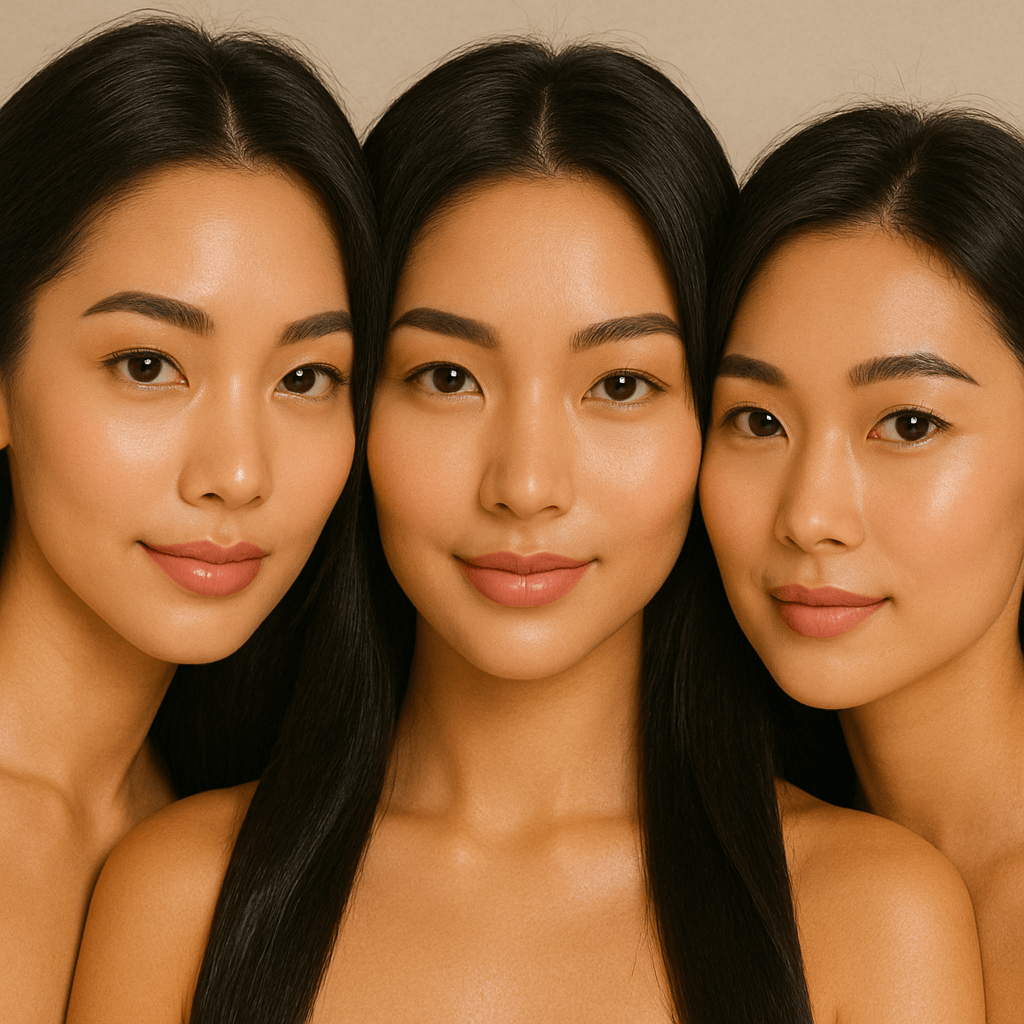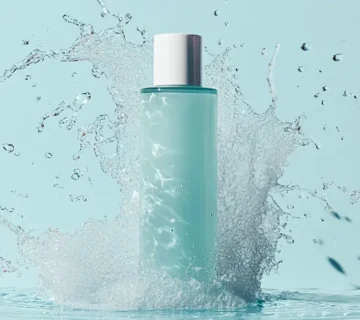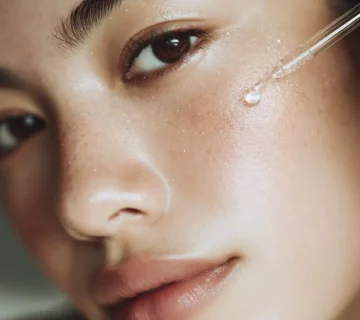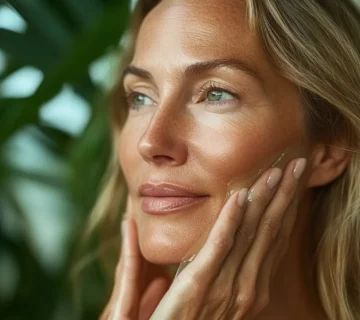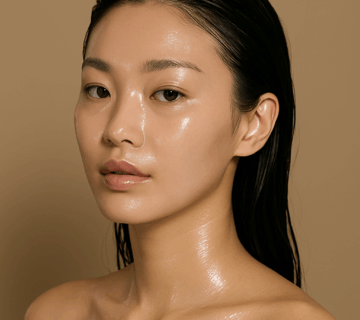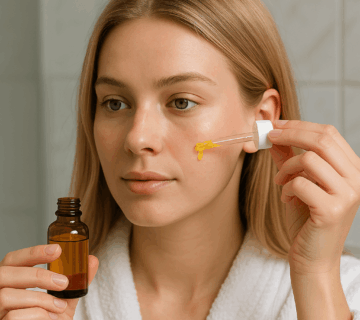The Ultimate Korean Skin Care Routine for All Skin Types
Korean skin care routine for all skin types has become one of the most searched beauty topics worldwide, and for good reason. Korean beauty, or K-beauty, focuses on prevention, hydration, and a holistic approach to skin health. It’s not about quick fixes, it’s about building a sustainable, effective skincare habit that keeps your skin glowing for years to come.
In this guide, you’ll discover the philosophy behind Korean skin care, learn how to identify your skin type, and follow a customizable 10-step routine designed to suit everyone, from oily to dry, sensitive to combination skin.
Introduction to The Routine
The Korean skin care routine isn’t just a beauty fad, it’s a lifestyle. In South Korea, skin care is considered as essential as brushing your teeth. The industry thrives on research, innovation, and respect for natural ingredients. What makes it so appealing is that it’s highly adaptable. Whether you have acne-prone skin or extremely dry skin, there’s a K-beauty solution for you.
Why Korean Skin Care Is Different
Unlike many Western routines that rely on heavy creams or harsh treatments, Korean skin care focuses on layering lightweight, hydrating products. Each step has a specific purpose, from deep cleansing to sealing in moisture. The emphasis is on keeping the skin barrier healthy, which prevents premature aging, irritation, and dullness.
The Science Behind The Routine
The cornerstone of Korean skin care is hydration. Well-hydrated skin can repair itself faster, resist environmental stressors, and maintain a youthful appearance. This is achieved by:
- Double cleansing to remove all impurities.
- Layering products from thinnest to thickest texture.
- Using gentle exfoliation to avoid barrier damage.
How to Identify Your Skin Type
Before you start, you must know your skin type:
- Oily: Shiny all over, prone to acne.
- Dry: Tight, flaky, and sometimes itchy.
- Combination: Oily in the T-zone, dry on cheeks.
- Sensitive: Easily irritated, redness-prone.
- Normal: Balanced and blemish-free.
Korean Skin Care for Oily Skin
If you have oily skin, focus on oil-balancing cleansers and lightweight hydrating serums. Avoid heavy creams that may clog pores. Ingredients like green tea, centella asiatica, and niacinamide are your best friends.
Korean Skin Care for Dry Skin
For dry skin, hydration is your top priority. Look for products with hyaluronic acid, ceramides, and nourishing oils. Layering essences and serums will help restore your moisture barrier.
Korean Skin Care for Combination Skin
Combination skin requires balancing two different needs. Use oil-control products for your T-zone and hydrating formulas for dry areas. Multi-masking is a great technique here.
Korean Skin Care for Sensitive Skin
Sensitive skin thrives on gentle, fragrance-free products. Soothing ingredients like aloe vera, mugwort, and chamomile can help calm irritation while protecting your barrier.
The 10-Step Routine Explained
The famous 10-step K-routine is flexible, you don’t need to do all steps every day. The key is customization.
Step 1: Oil Cleansing
Oil cleansers remove makeup, SPF, and excess sebum without stripping your skin. Popular choices: Banila Co Clean It Zero, The Face Shop Rice Water Bright.
Step 2: Water-Based Cleansing
Follow with a gentle foaming cleanser to remove leftover residue. Try COSRX Low pH Good Morning Gel Cleanser.
Step 3: Exfoliation
Do this 1-3 times a week. Opt for chemical exfoliants like AHA/BHA for smoother skin without harsh scrubbing.
Step 4: Toner
Hydrating toners rebalance pH and prep skin for the next steps. Klairs Supple Preparation Toner is a K-beauty classic.
Step 5: Essence
Essences are the heart of Korean skin care, delivering deep hydration. Try Missha Time Revolution First Treatment Essence.
Step 6: Serum/Ampoule
Target specific concerns like acne, pigmentation, or wrinkles. For brightening, use serums with vitamin C; for hydration, hyaluronic acid.
Step 7: Sheet Mask
Use 2-3 times a week for instant hydration and treatment.
Step 8: Eye Cream
Lightweight formulas with peptides or snail mucin help with dark circles and puffiness.
Step 9: Moisturizer
Seal in all your skincare with a cream or gel suited to your skin type.
Step 10: Sunscreen (Daytime)
SPF is non-negotiable. Korean sunscreens like Beauty of Joseon Relief Sun are lightweight and blend easily.
Optional Steps
- Sleeping masks for overnight hydration.
- Spot treatments for acne or pigmentation.
Popular Ingredients
- Snail mucin: Repairs skin barrier, reduces scars.
- Ginseng: Boosts circulation, anti-aging.
- Green tea: Antioxidant and anti-inflammatory.
Budget-Friendly Routine
You don’t need to spend a fortune; brands like Etude House, Innisfree, and Tony Moly offer affordable yet effective options.
Luxury Product Picks
High-end favorites include Sulwhasoo, Amorepacific, and Hera, known for advanced formulas and premium ingredients.
Common Mistakes in Korean Skin Care
- Over-exfoliating.
- Using too many active ingredients at once.
- Skipping sunscreen.
Conclusion: Building Your Perfect Routine
The ultimate Korean skin care routine for all skin types is about patience, consistency, and customization. Start small, add steps gradually, and listen to your skin.
Not daily, customize based on your skin’s needs.
Yes, lightweight oils can balance sebum production.
No, it’s for everyone regardless of gender.
No, even budget-friendly K-beauty works well if chosen wisely.
Yes, even indoors, as UV rays can penetrate windows.
Absolutely, as long as ingredients don’t conflict.


